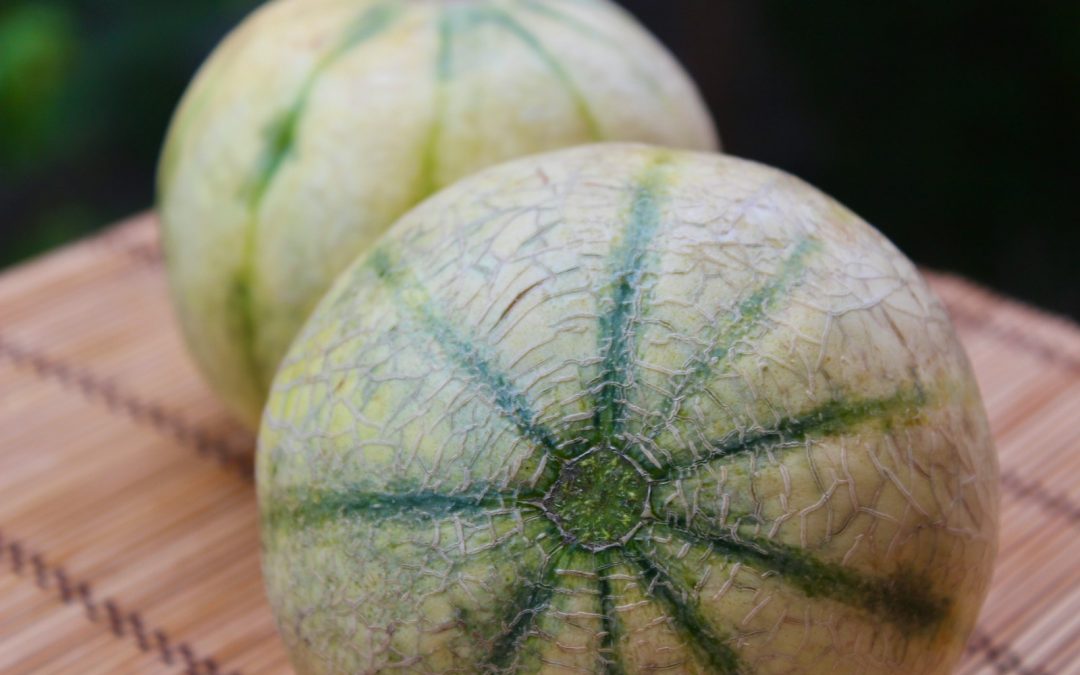Contents
Introduction
Cantaloupe melons, known for their lush sweetness and hydrating flesh, are a popular choice for gardeners seeking to add a flavorful variety to their home gardens. This guide delves into the nuances of cultivating cantaloupe, covering everything from seed selection and soil preparation to pest management and harvesting.
Selecting the Right Seeds
Choosing the right seeds is the foundation of successful cantaloupe cultivation. Varieties such as ‘Athena’, ‘Ambrosia’, and ‘Honey Rock’ are renowned for their flavor, disease resistance, and adaptability to different climates.
Climate Considerations
Cantaloupes require a warm climate with abundant sunshine. They are heat-loving plants that flourish in temperatures between 70 and 90 degrees Fahrenheit. Select seeds adapted to your local climate conditions and consider the length of your growing season.
Soil Preparation
Ideal soil for cantaloupes is well-draining, rich in organic matter, with a pH between 6.0 and 6.8. Incorporate plenty of compost or aged manure into the planting bed to improve soil fertility and structure. Ensuring deep, nutrient-rich soil will promote vigorous growth and optimal fruit development.
Planting Techniques
When to Plant
The planting time for cantaloupes is critical. In cooler climates, start seeds indoors about a month before the last frost date. In warmer areas, seeds can be sown directly into the garden soil after the danger of frost has passed and the soil has warmed.
How to Plant
Sow seeds 1 inch deep, in mounds or rows. Space the mounds about 36 inches apart, with 2-3 seeds per mound. After germination, thin the seedlings to leave the strongest one in each group. This spacing allows for adequate air circulation and room to grow.
Caring for Cantaloupe Plants
Watering
Cantaloupes need consistent watering to develop their fruits, but overwatering can lead to diseases. Aim for 1-2 inches of water per week, adjusting based on rainfall and temperature. Use drip irrigation or water at the base of plants to keep leaves dry and reduce disease risk.
Fertilizing
Begin with a balanced fertilizer at planting. As the plants grow, switch to a lower nitrogen, higher phosphorus, and potassium formula to encourage fruiting. Regular soil testing can guide your fertilization regimen to match the specific needs of your plants.
Pest and Disease Management
Common pests include aphids, cucumber beetles, and squash vine borers. Diseases like powdery mildew and fusarium wilt can also affect cantaloupes. Employ crop rotation, use resistant varieties, and practice integrated pest management (IPM) strategies to minimize issues.
Harvesting and Storage
When to Harvest
Cantaloupes are ready to harvest when the stem easily detaches from the fruit, known as “slipping,” and the rind turns from green to a yellowish color. The fruit should also emit a sweet fragrance.
Storage
Cantaloupes continue to ripen after harvest but don’t become sweeter. Store uncut cantaloupes at room temperature for up to a week. Once cut, refrigerate the fruit and consume within a few days for the best flavor and texture.
Conclusion
Growing cantaloupe melons can be a delightful and rewarding experience. With careful selection of seeds, proper soil preparation, attentive care, and timely harvesting, gardeners can enjoy the sweet, succulent fruits of their labor throughout the summer months.


